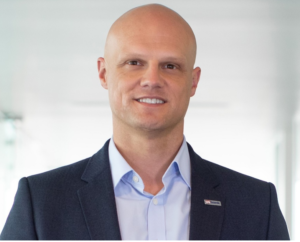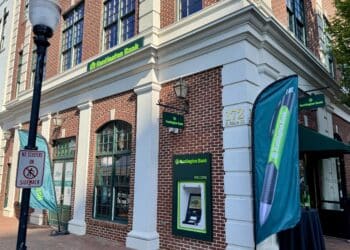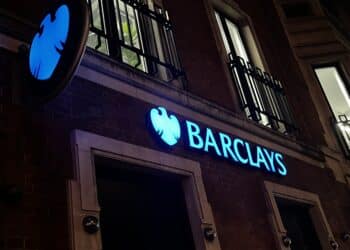US Bank’s White: Digital banking is now more than DIY
As digital banking goes mainstream, banks are recognizing that a mobile app that lets customers carry out day-to-day tasks isn’t enough. It’s a reality for which U.S. Bank has been preparing, especially as it reports that 72% of its customers are considered “digital-active” and 50% are using mobile channels.

“Digital and do-it-yourself (DIY) are the basic table stakes,” said chief digital officer Derek White, speaking at the bank’s investor day on Thursday. “The real power comes to life as we use our data and we make our billions of interactions with our customers smart — this is the long game.”
For U.S. Bank, implementing such a change has internal organizational and product development implications. White, who was appointed to the position in April, is responsible for the company’s enterprise-wide digital strategy.
In recent decades, success in digital customer engagement was judged by “eyeballs,” but expectations are changing, White noted. To meet customer needs, U.S. Bank is exploring how it can use data at the back end to offer customers actionable insights as they use its digital banking platform. As a result, DIY day-to-day transactions can no longer cut it in a mobile banking experience, and it’s imperative for institutions to offer additional value.
Right now, 74% of functions carried out in a branch can be done through the U.S. Bank app, according to White. “The average human customer walks into a branch 10 times a year; they’re visiting a mobile banking application 300 times a year; and they’re visiting digital ecosystems 3,000 times a year,” he said. A big-tech approach is required, he argued, with a focus on scale, increasing the amount of interactions and time spent on the platform and, in turn, monetization of those transactions.
See also: US Bank expands AI insights in its mobile app
U.S. Bank has been considering competitive pressures from not just banks, but big tech platforms on the one hand — including Amazon, Apple and Google — and fintech companies like PayPal, Square and Stripe on the other. It is a point CEO Andy Cecere also highlighted in his investor day commentary.
From a user experience perspective, U.S. Bank is taking a two-pronged approach. According to White, it’s focusing on perfecting the front-end user experience (“above the glass”), along with the technology behind it that enables “smart and personalized” interactions (“below the glass”) based on data. Recent examples include the recently revamped mobile banking app, which offers a suite of different products to consumer and business use cases; personalized insights; help points; and enhanced card controls. Meanwhile, the bank has enhanced onboarding mechanisms for its digital mortgage product, streamlining the application process, digitizing document flow and cutting down on decision times.
In order to continue to innovate on the product side, the bank has rolled out “agile studios,” or internal innovation labs that work cross-functionally across the company, covering every function and business line, White explained. The goal is to iterate faster and accelerate product creation time lines to months instead of years. It’s an approach other institutions — including BNY Mellon, for example — are employing to make workflows across large, bureaucratic institutions operate more efficiently.
“We’re collaborating across every part of the organization,” said White. “One of the biggest surprises to me, having worked in other organizations, is that risks are sitting at the table embedded in every single one of these studios, helping us shape and design the future rather than sitting and watching from the outside trying to control it.”
Bank Innovation Build, on Nov. 6-7 in Atlanta, helps attendees understand how to “do” innovation better. It is designed to offer best practices, to guide the innovation professional to better results. Register here and save with early bird rates ending September 27th.











